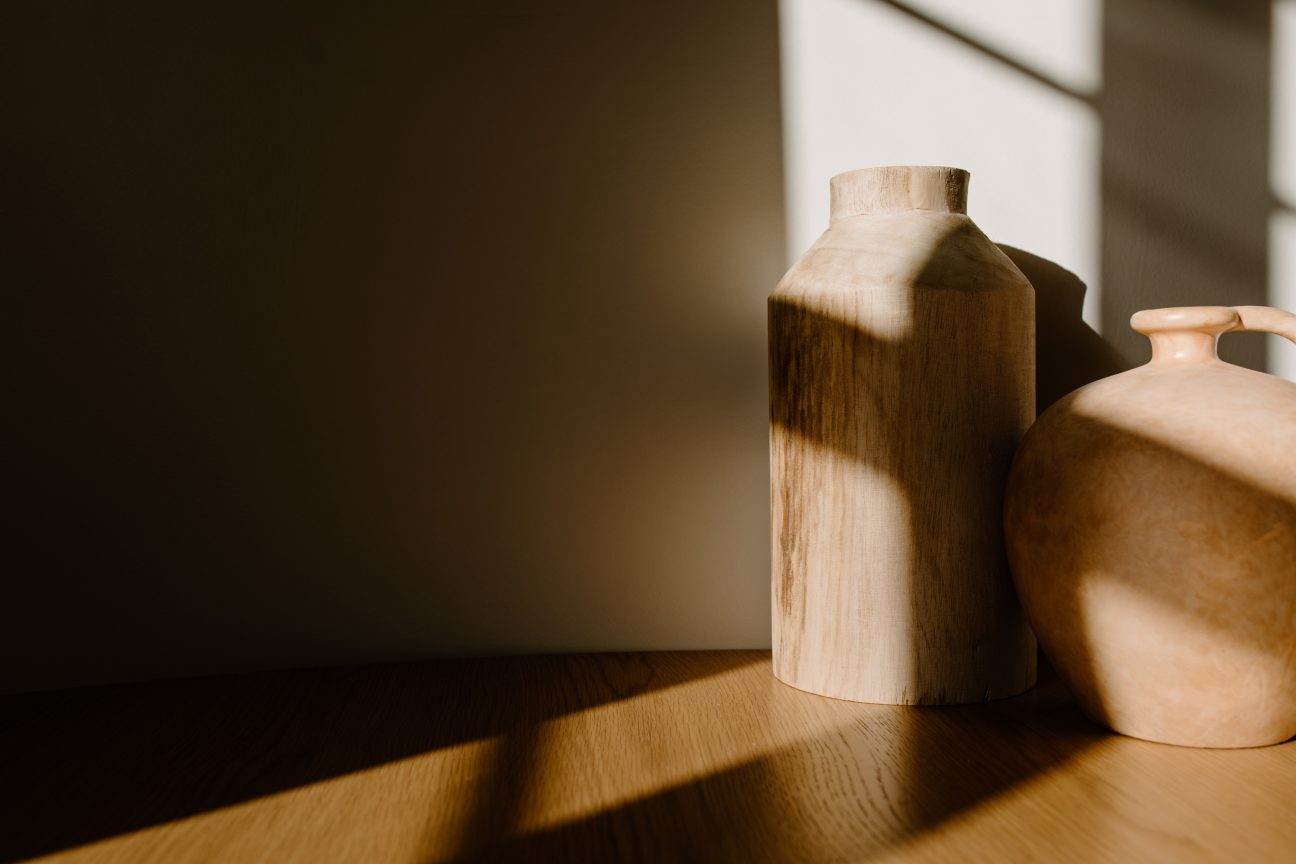Art and well-being, two fundamental aspects of our lives, are intricately linked. The way we engage with art directly impacts our mental health and overall well-being, shaping our perception of ourselves and the world around us. While many associate art merely with aesthetics and decoration, its true value extends far beyond, nurturing our minds and souls. This article will explore the relationship between art and well-being, discussing the ways they intertwine to foster a more fulfilled, balanced, and enriched you.
Art washes away from the soul the dust of everyday life.
By Pablo Picasso
The Impact of Art on Well-being
Art is an essential pillar of well-being. Without engaging with art, we miss out on profound experiences that can enrich our lives and contribute to our personal growth. Here are some ways in which art enhances our well-being:
- Emotional Release: Art serves as a powerful emotional outlet. Whether it’s a striking painting, a captivating photograph, or a thoughtful sculpture, art helps us express and navigate complex feelings, providing catharsis and aiding in emotional health.
- Stress Reduction: Art can play a crucial role in stress reduction. The immersive experience of viewing or creating art allows us to momentarily escape from daily worries, promoting relaxation and mental clarity.
- Cognitive Stimulation: Art encourages critical thinking, interpretation, and introspection, stimulating our cognitive abilities. It challenges our perspectives and prompts us to engage in deeper thinking, thus fostering intellectual growth.
- Inspiration and Motivation: Art can be a powerful source of inspiration and motivation, sparking creativity, encouraging us to view problems from new angles, and propelling us towards innovative solutions.
The Role of Well-being in Art
While art significantly contributes to well-being, the reverse is equally true – well-being plays a pivotal role in our ability to appreciate and create art. Here are some ways well-being intersects with art:
- Mindfulness: The state of being present, often associated with enhanced well-being, is a key to deeply connecting with art. Mindfulness allows us to fully absorb the nuances of an artwork, intensifying our understanding and enjoyment.
- Mental Health: A balanced mental state allows us to better engage with art, appreciating its depths, and potentially using it as a tool for self-expression. The cathartic process of creating or viewing art can also contribute positively to our mental health.
- Inspiration: When we are in a positive state of mind, we are more likely to feel inspired and appreciate the beauty around us, enriching our interaction with art.
- Resilience: Engaging with challenging or thought-provoking art can build emotional resilience, allowing us to handle complex emotions more effectively.
Art and well-being are two inseparable aspects of our lives, each complementing and enhancing the other. As art contributes to our emotional, cognitive, and inspirational growth, well-being shapes our engagement with art. Incorporating art into our daily lives involves a holistic approach that encompasses emotional release, stress reduction, cognitive stimulation, and inspiration. Remember, art is not just about beauty or decoration; it’s about experiencing, understanding, and connecting with ourselves and the world around us. By engaging with art and taking care of our well-being, we can lead a more balanced, enriched, and fulfilled life.




